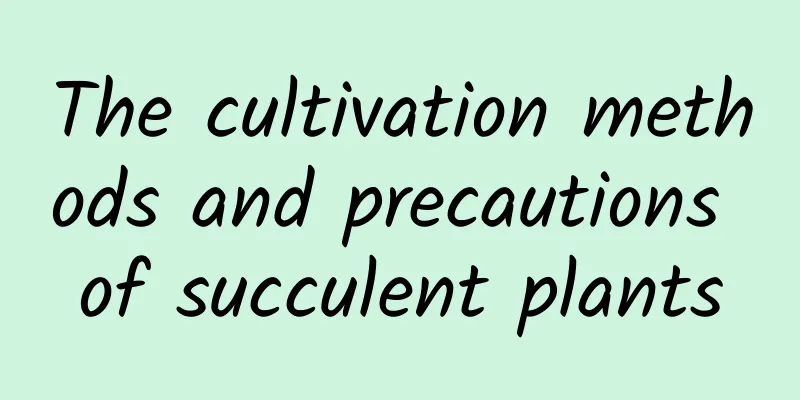How to grow orchid roots so that they can sprout again, and how to plant them after they have sprouted

1. How to grow orchid roots so they can sprout againIf orchid roots are well maintained, they can sprout again. First, you need to prune the orchid roots, remove the old roots, diseased roots and bad roots, and then disinfect them. Then prepare clean sphagnum moss as planting material and prepare a ziplock bag. Wrap the orchid roots with sphagnum moss, wet them and put them into a ziplock bag. Place them in a sunny and warm place, and open the bag to change the air every few days. Generally, small sprouts will grow after one or two months. After the sprouts grow, poke a few holes in the ziplock bag to allow ventilation and discharge excess moisture. After about half a month, all the seeds will sprout. 2. How to plant when there are budsAfter the orchid roots sprout, they can be planted in pots. First you need to prepare suitable soil. It is best to prepare soil that is loose, breathable, moisturizing and has certain nutrients. It can be prepared with planting stone, fairy soil, leaf mold and bark in a ratio of 3:4:2:1, which is beneficial to root growth. Then check the root system and trim off the overly dense, too long, old, or diseased roots. This will encourage the continued growth of new orchid buds. After pruning, it needs to be soaked, disinfected and dried, then carefully planted in a flowerpot. While filling in the soil, gently shake the flowerpot to allow the roots to fit closely to the soil. After that, water it thoroughly to increase the moisture of the soil and promote the growth of orchid buds. When the orchid buds grow to a certain size, you can control the watering so that the new seedlings can break away from the old seedlings and grow on their own. During this period, appropriate amount of topdressing is needed. Some phosphorus and potassium fertilizers can be applied, which have a better root nourishing effect and can help the plants accumulate nutrients. |
<<: How to plant and manage honeysuckle, what is the appropriate spacing between plants
>>: When is the best time to transplant roses? How often should newly transplanted roses be watered?
Recommend
When is Cassia Seed Harvested?
Cassia seed harvest time Cassia seed usually bloo...
Cultivation methods and precautions of octagonal wood
Star anise trees are relatively easy to grow. The...
How to prune short-branch Fuji
1. Combing the flower buds The biggest difference...
What kind of fertilizer is good for rose base fertilizer (base fertilizer application method)
Effect of base fertilizer on rose Roses have alwa...
How to care for hydroponic chamomile
Chamomile hydroponic method 1. Suitable container...
What plants are suitable for growing in coconut coir soil?
1. Characteristics of coconut bran Coconut bran i...
Cultivation methods and precautions of Sedum sedum
Light conditions for Sedum sedum The growing seas...
How to grow Dendrobium in a pot at home
Prepare the materials: 1. Flower pot: I chose a p...
What soil is best for spider plants
1. Leaf mold We can feed it soil mixed with rotte...
What are the cultivation methods and precautions for four-season orchids?
Four Seasons Orchid Cultivation Method It is rela...
How to prune potted miniature roses
How to prune potted miniature roses Potted miniat...
Why are the leaves of Phoenix Bamboo turning yellow and drying up?
Phoenix bamboo is popular for its elegant posture...
What fertilizer is best for longevity flowers
Fertilization time of Kalanchoe Kalanchoe is gene...
Can fresh aloe vera be used directly on the face? The correct way to use aloe vera to wipe the face
1. Can I wipe my face directly? 1. Adaptability: ...
How to reproduce the thorny rose
Propagation by division Breeding time: Can be car...









